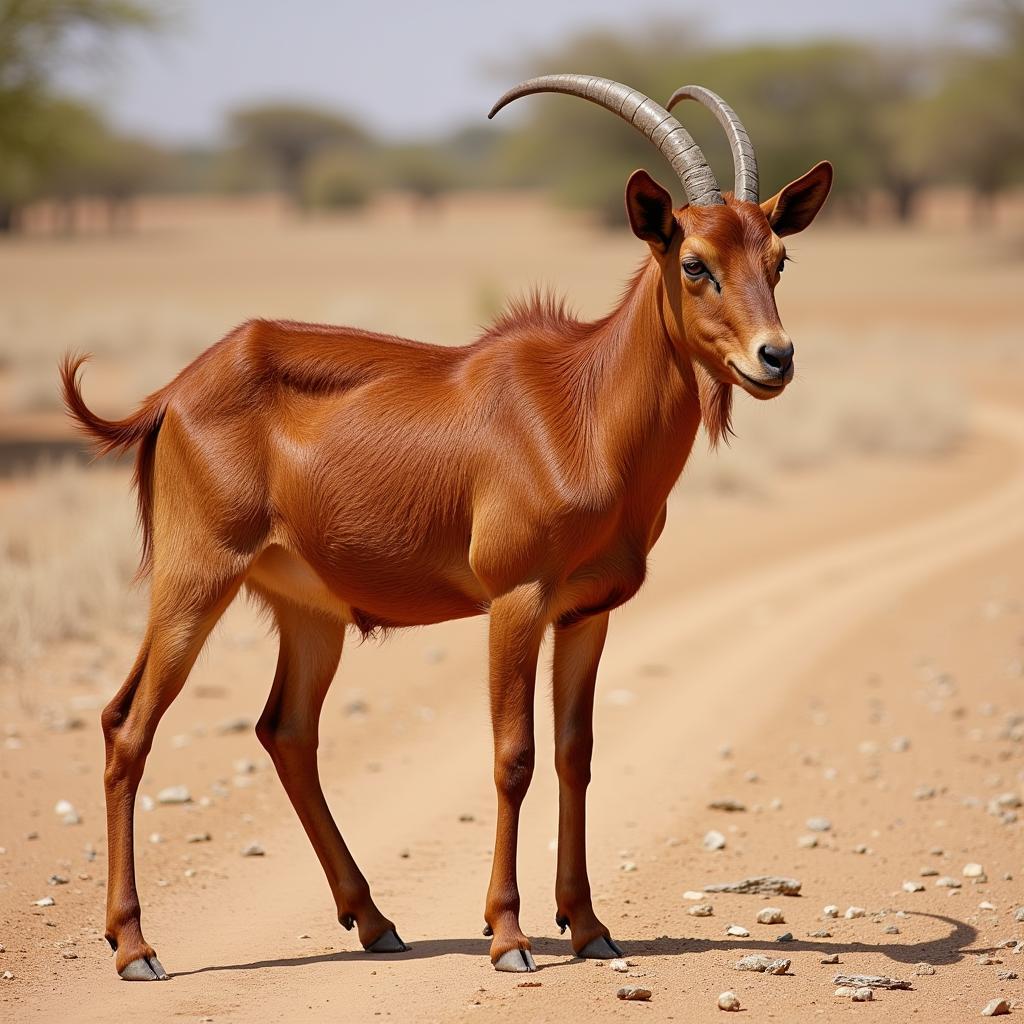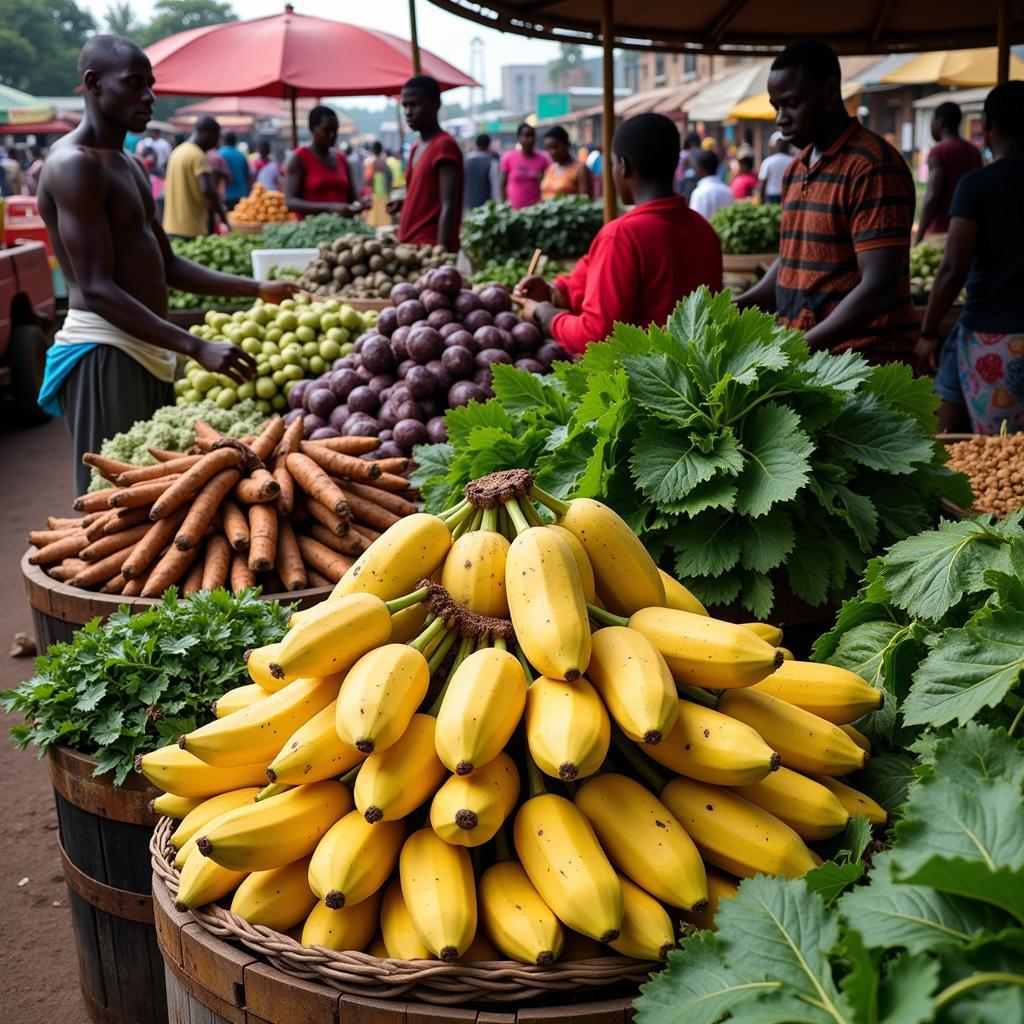Exploring African Big Main Squares: Centers of Culture and Life
From bustling marketplaces to serene gathering spots, the heart of many African cities and towns beats in their big main squares. These open spaces, often steeped in history and tradition, serve as vital hubs for commerce, social interaction, and cultural expression. More than just physical locations, African Big Main Squares offer a unique window into the soul of a community, reflecting its heritage, values, and aspirations.
The Multifaceted Role of African Big Main Squares
African big main squares are dynamic and multifaceted. They are simultaneously marketplaces, where vendors display an array of goods, from vibrant textiles and handcrafted jewelry to fresh produce and local delicacies. The air is filled with the aroma of spices, the rhythmic calls of vendors, and the lively chatter of bargaining customers.
These squares also function as important social spaces, where people from all walks of life come together to exchange news, discuss politics, and simply enjoy each other’s company. They are venues for celebrations, festivals, and religious gatherings, where communities come together to express their cultural identity and strengthen social bonds.
Architectural Heritage and Symbolic Significance
Many African big main squares boast impressive architecture, reflecting the continent’s rich and diverse heritage. Colonial-era buildings, traditional mosques and churches, and modern structures often stand side-by-side, showcasing the evolution of architectural styles over time. Some squares are home to iconic monuments or statues, commemorating significant historical events or honoring important figures.
The design and layout of these squares often hold symbolic meaning. Some are designed to facilitate trade, while others are laid out in a way that promotes community interaction and social cohesion. The central location of the square often symbolizes its importance as the heart of the community, a place where people come together to connect and share experiences.
Notable African Big Main Squares
Across the vast expanse of Africa, countless big main squares each possess their own unique charm and character. Some, however, stand out for their historical significance, cultural vibrancy, or architectural grandeur:
- Jemaa el-Fnaa, Marrakech, Morocco: This iconic square is a feast for the senses, with snake charmers, storytellers, musicians, and food stalls creating a captivating spectacle.
- Meskel Square, Addis Ababa, Ethiopia: A vast open space that comes alive during religious festivals, Meskel Square is a symbol of Ethiopian national identity.
- Tahrir Square, Cairo, Egypt: This square holds immense historical significance, having been the focal point of the 2011 Egyptian Revolution.
- Independence Square, Accra, Ghana: As its name suggests, this square played a pivotal role in Ghana’s struggle for independence and remains a symbol of national pride.
Experiencing the Vibrancy of African Big Main Squares
Visiting an African big main square is an immersive cultural experience. It’s an opportunity to witness the rhythm of daily life, interact with local people, and savor the authentic flavors of African cuisine. Here are some tips for making the most of your visit:
- Go early in the morning or late in the afternoon: This is when the squares are most lively and the light is best for photography.
- Engage with the locals: Don’t be afraid to strike up a conversation with vendors, artisans, or people simply relaxing in the square.
- Sample the local cuisine: From street food stalls to traditional restaurants, there are plenty of opportunities to savor the flavors of Africa.
- Be respectful of local customs: Dress modestly and be mindful of cultural sensitivities.
The Future of African Big Main Squares
As African cities continue to grow and evolve, the role and significance of big main squares are also changing. While they remain vital centers of commerce and social interaction, they are increasingly being recognized as valuable public spaces that can contribute to the quality of urban life.
Efforts are underway to revitalize and modernize many African big main squares, while preserving their historical character and cultural heritage. These initiatives often involve creating pedestrian-friendly zones, improving infrastructure, and providing more amenities for residents and visitors alike.
In conclusion, African big main squares are more than just open spaces; they are the beating hearts of communities, reflecting the continent’s rich history, vibrant culture, and enduring spirit. They are places where tradition and modernity intersect, where commerce and culture collide, and where people from all walks of life come together to create a tapestry of human experience.
FAQ
- What are some of the most famous African big main squares?
- Jemaa el-Fnaa in Marrakech, Meskel Square in Addis Ababa, Tahrir Square in Cairo, and Independence Square in Accra are just a few of the many famous African big main squares.
- What can I expect to see and do at an African big main square?
- You can expect to find markets, street food vendors, musicians, performers, religious gatherings, and people simply going about their daily lives.
- Are African big main squares safe for tourists?
- Like any crowded place, it’s important to be aware of your surroundings and take precautions to protect your belongings. However, African big main squares are generally safe and welcoming places.
Do you have any questions or need further assistance?
Contact us at +255768904061 or kaka.mag@gmail.com. You can also visit our office in Mbarali DC Mawindi, Kangaga, Tanzania. Our team is available 24/7 to assist you.



